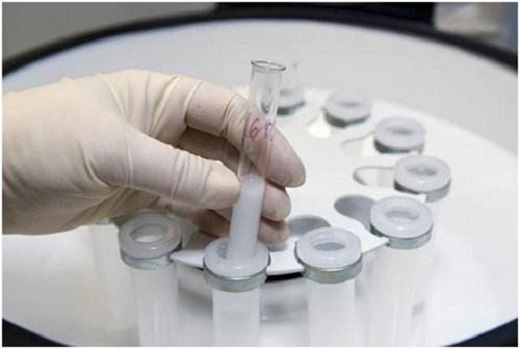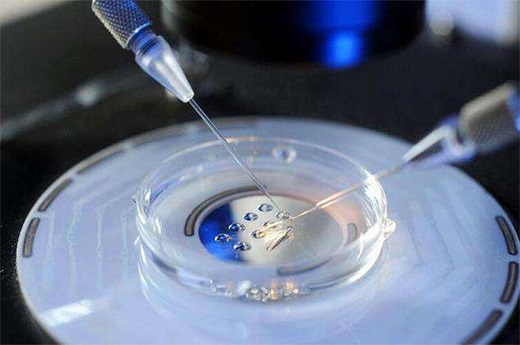Which is more successful, frozen embryos or fresh embryos, in IVF?
In this article, we will discuss the success rates of frozen embryos and fresh embryos in in vitro fertilization (IVF), and determine which is better for the process of IVF. We will compare the success rates, advantages, disadvantages, and other factors to provide a comprehensive analysis.
The success rates of frozen embryos and fresh embryos in IVF are influenced by various factors, including the age of the woman, the quality of the embryos, and the specific circumstances of the IVF procedure. In this article, we will explore these factors and provide a detailed comparison of the success rates of frozen embryos and fresh embryos in IVF.

Success Rates
The success rates of frozen embryos and fresh embryos in IVF are a crucial factor for couples undergoing fertility treatment. The success rates of each method can vary depending on the individual's circumstances. It is important to consider the success rates when making decisions about which method to use for IVF.
The success rates of frozen embryos and fresh embryos in IVF are influenced by various factors, including the quality of the embryos, the age of the woman, and the specific circumstances of the IVF procedure. Research has shown that the success rates of frozen embryos and fresh embryos in IVF can be comparable in some cases, while in others, one method may have a higher success rate than the other.
Advantages and Disadvantages
In addition to the success rates, it is important to consider the advantages and disadvantages of using frozen embryos or fresh embryos in IVF. Each method has its own set of advantages and disadvantages that should be carefully considered before making a decision.

Frozen embryos have the advantage of being able to be stored for future use, allowing for additional IVF cycles without the need for repeated egg retrieval. However, frozen embryos may have a lower success rate compared to fresh embryos in some cases. On the other hand, fresh embryos have the advantage of being used immediately, but they may also have a lower success rate in certain situations.
Quality of Embryos
The quality of embryos is a critical factor in determining the success rates of frozen embryos and fresh embryos in IVF. The quality of embryos can be influenced by various factors, including the age of the woman, the method of embryo freezing, and the specific circumstances of the IVF procedure.
Research has shown that the quality of embryos can impact the success rates of frozen embryos and fresh embryos in IVF. High-quality embryos are more likely to result in a successful pregnancy, while lower-quality embryos may have a lower success rate. It is important for individuals undergoing IVF to discuss the quality of embryos with their healthcare provider to make informed decisions about which method to use.

Age of the Woman
The age of the woman is a significant factor in determining the success rates of frozen embryos and fresh embryos in IVF. Women of advanced maternal age may have different success rates compared to younger women when using either frozen or fresh embryos in IVF.
Research has shown that the age of the woman can impact the success rates of frozen embryos and fresh embryos in IVF. Older women may have a lower success rate with both frozen and fresh embryos compared to younger women. It is important for women of advanced maternal age to consider the impact of age on the success rates of each method when making decisions about IVF.
Specific Circumstances of IVF Procedure
The specific circumstances of the IVF procedure can also influence the success rates of frozen embryos and fresh embryos. Factors such as the use of preimplantation genetic testing, the method of embryo freezing, and the use of donor eggs or sperm can impact the success rates of each method.
It is important to consider the specific circumstances of the IVF procedure when comparing the success rates of frozen embryos and fresh embryos. Each individual's situation is unique, and it is essential to discuss the specific circumstances of the IVF procedure with a healthcare provider to determine which method may be more suitable.
Conclusion
In conclusion, the success rates of frozen embryos and fresh embryos in IVF can vary depending on various factors. It is important to consider the advantages, disadvantages, quality of embryos, age of the woman, and specific circumstances of the IVF procedure when comparing the success rates of each method. Individuals undergoing IVF should discuss these factors with their healthcare provider to make informed decisions about which method to use for their fertility treatment. Ultimately, the success rates of frozen embryos and fresh embryos in IVF are influenced by a combination of factors, and it is essential to consider each factor carefully when making decisions about IVF.





